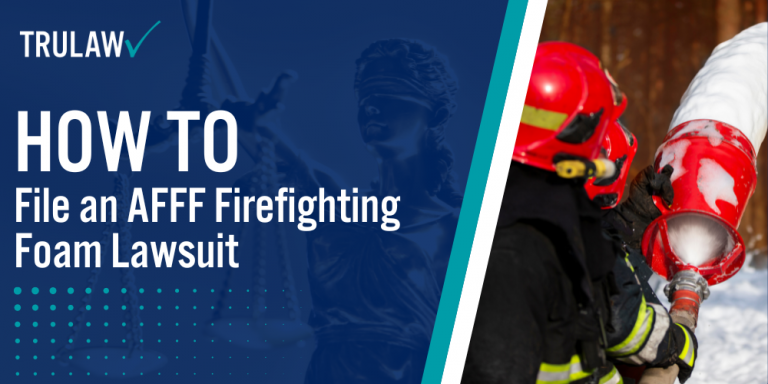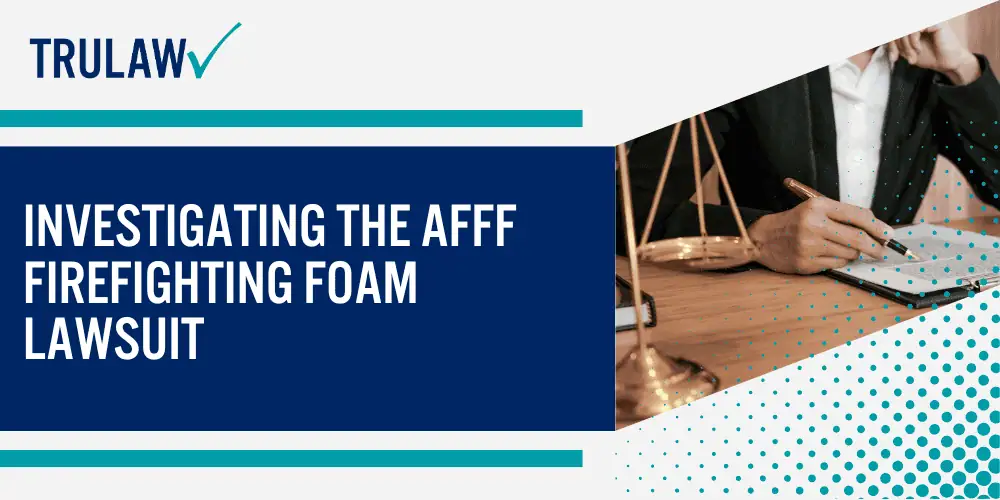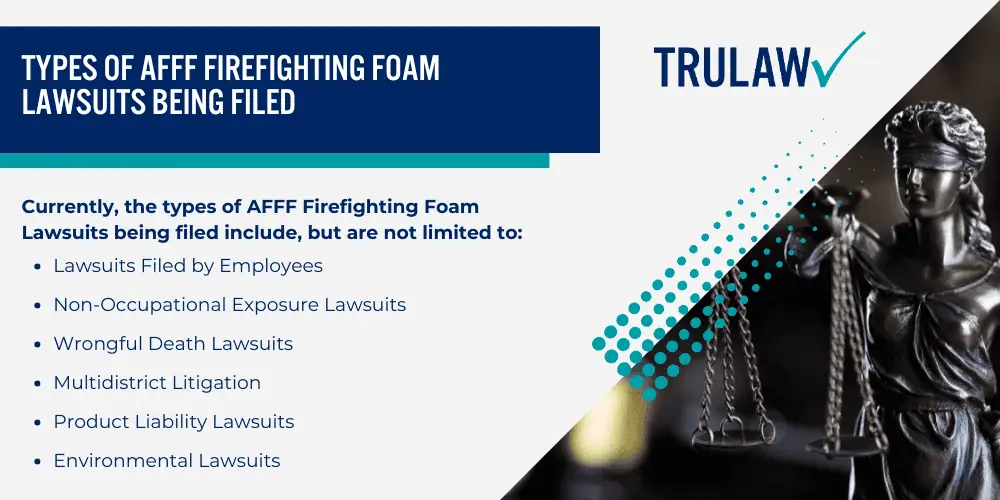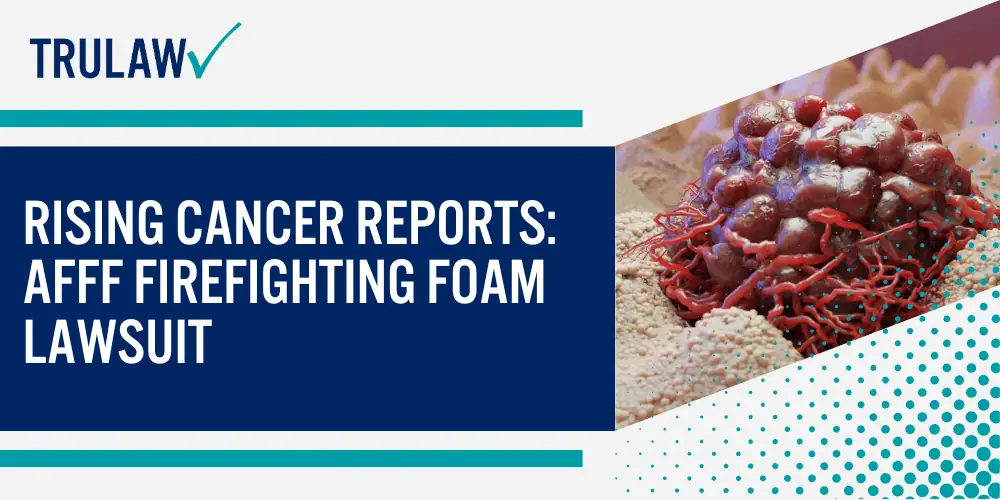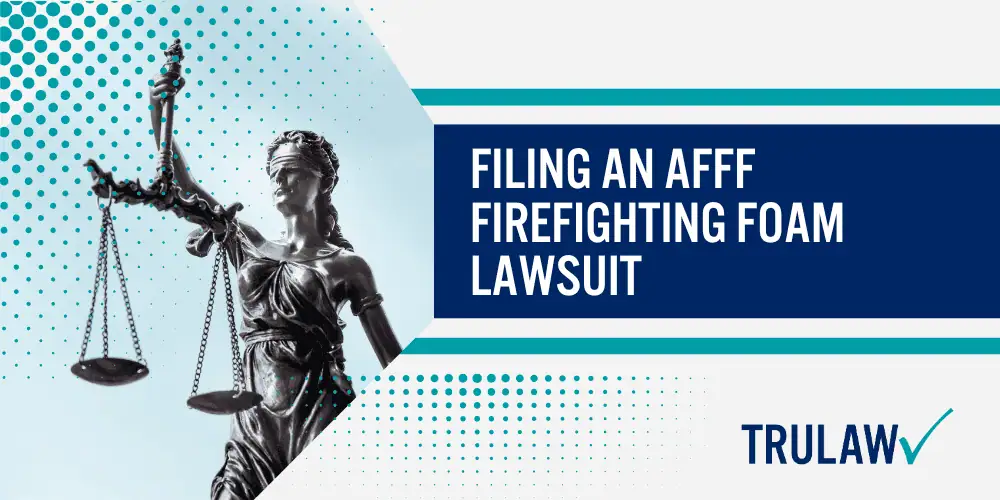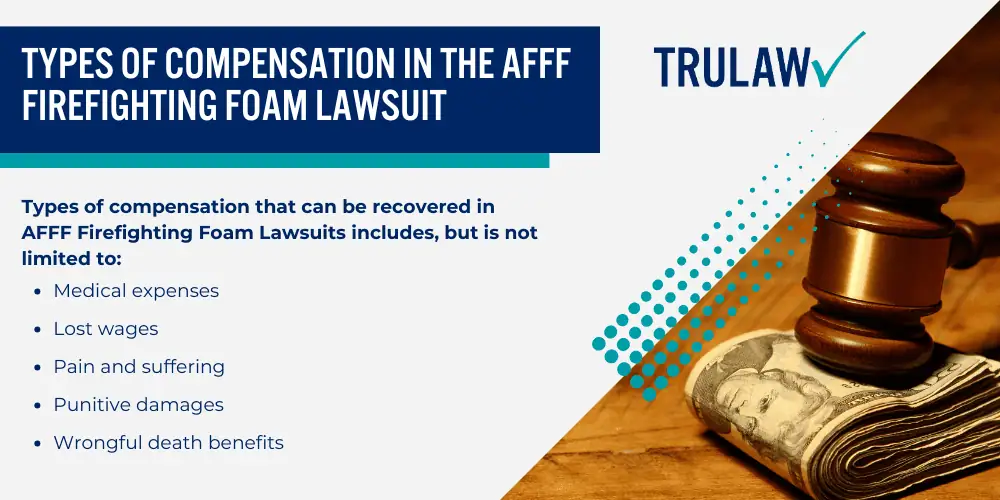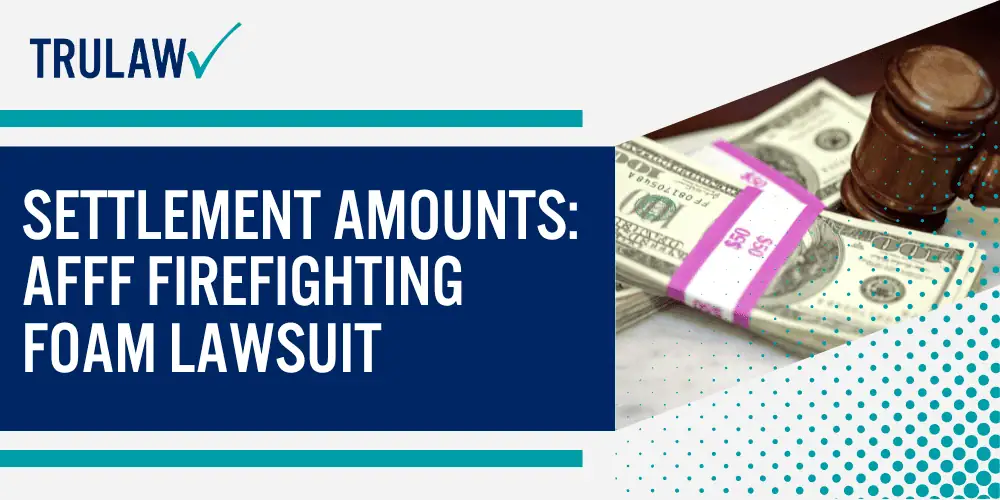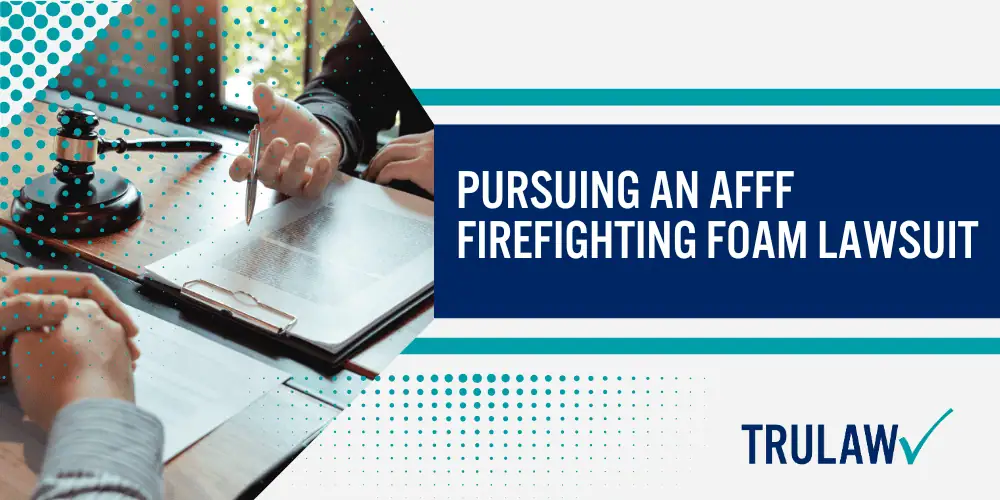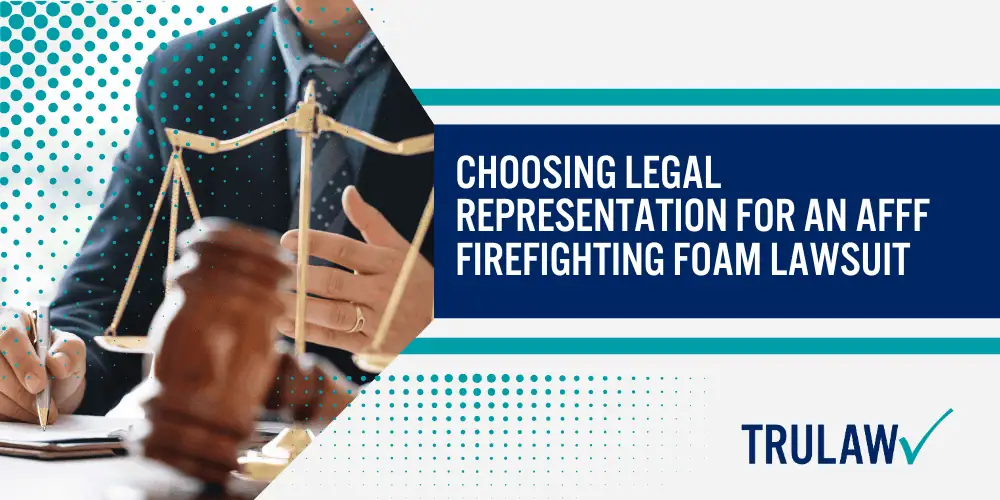Exposure to AFFF, or aqueous film forming foam, raises serious concerns due to its composition that includes PFAS (Per- and Polyfluoroalkyl Substances) known as “forever chemicals.”
These substances are not biodegradable and can accumulate in the body over time.
Research has established a link between sustained contact with these chemicals and an increased risk of developing cancers such as kidney cancer and testicular cancer.
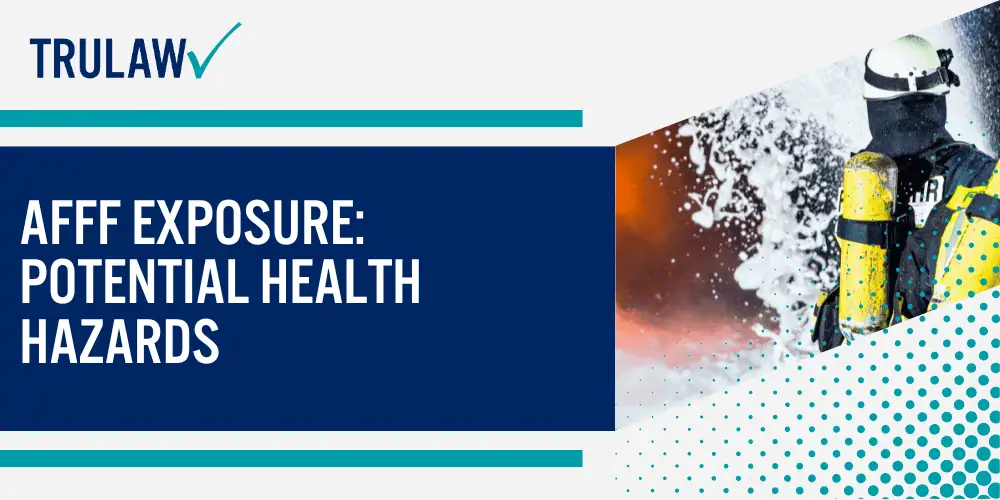
Individuals who have encountered this toxic firefighting foam may face prolonged health battles, prompting many affected parties to seek justice through AFFF lawsuits.
Health complications related to AFFF exposure go beyond cancer risks — they also extend to other potential adverse health effects like thyroid disease.
The manufacturers’ knowledge of these risks without adequate warning is a major point of contention in current legal actions against them.
This awareness raises questions about corporate responsibility and consumer safety within the industry — leading individuals impacted by the hazardous substance towards seeking compensatory measures via personal injury claims or participation in class action lawsuits for municipal water contamination cases stemming from AFFF contamination.
Moving along, let’s delve into the historic use of chemical agents in firefighting foams that set the stage for today’s litigation landscape.
